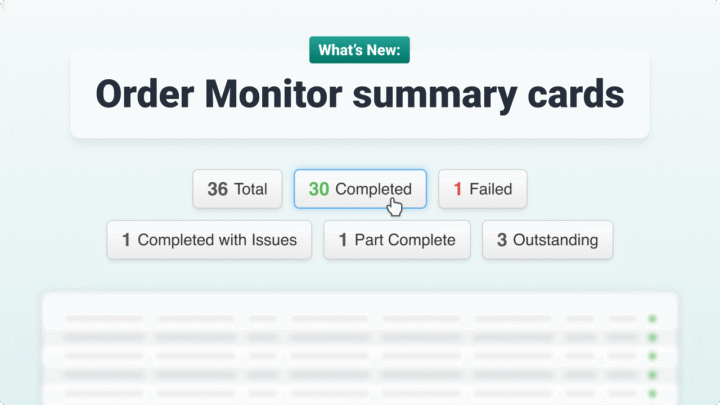Whether you’re delivering goods in a van or using a car to get to the next client, we rely heavily on vehicles for business and personal use, making them essential tools for everyday life.
But with this reliance on transportation comes a crucial responsibility: ensuring our vehicles are safe to be on the road and therefore roadworthy.
Introducing the Guide to Maintaining Roadworthiness – a document that acts as a key guide for keeping your vehicle legal and, more importantly, safe for yourself and other road users and must therefore be strictly adhered to.
It’s not just for fleet managers or large haulage companies either; it’s relevant to anyone who owns or operates a vehicle on UK roads, whether for business purposes or personal use.
So, what exactly is the Guide to Maintaining Roadworthiness?
The Guide to Maintaining Roadworthiness is a comprehensive document published by the Driver and Vehicle Standards Agency (DVSA) that outlines the legal obligations and best practices for maintaining vehicles in a roadworthy condition. It provides clear guidance on:
Regular checks and inspections
Detailing what checks should be carried out, how often, and by whom. This includes everything from daily walkaround checks to more in-depth periodic inspections.
Maintenance schedules
Emphasising the importance of proactive maintenance to prevent defects from occurring in the first place. It encourages following manufacturer guidelines and establishing robust maintenance and vehicle inspection scheduling plans.
Record keeping
Stressing the need to maintain accurate records of all inspections, maintenance, and repairs. This documentation serves as evidence that the vehicle is being properly maintained.
Solutions such as a Transport Management System can be used to keep digital records of all of the above as an efficient alternative to spreadsheets, Post-it notes, etc.
Responsibilities
Clearly defining the responsibilities of vehicle owners, operators, and drivers in ensuring roadworthiness. Everyone has a part to play!
Specific vehicle types
Offering tailored advice for different categories of vehicles, including cars, vans, HGVs, and trailers, acknowledging their unique maintenance needs.
Defect reporting and rectification
Providing guidance on how to identify, report, and rectify vehicle defects promptly and effectively.
Why is the Guide to Maintaining Roadworthiness so important?
Ignoring the principles outlined in the Guide to Maintaining Roadworthiness can have serious consequences:
Safety risks
Driving an unroadworthy vehicle significantly increases the risk of accidents, potentially leading to injuries or fatalities for yourself and others.
Legal penalties
Operating a vehicle that doesn’t meet roadworthiness standards can result in hefty fines, penalty points on your licence, and even prosecution.
Insurance issues
If your vehicle is involved in an accident and found to be unroadworthy due to poor maintenance, your insurance could be invalidated.
Negative business impact
For businesses operating fleets, neglecting roadworthiness can lead to vehicle downtime, reputational damage, and potential loss of operating licences.
Key takeaways from the document
Take the time to read and understand the sections of the guide relevant to your vehicle type and usage. You can find the latest version on the DVSA website.
Don’t underestimate the importance of routine walkaround checks. Simple things like checking tyre pressures, fluid levels, and lights can make a difference.
If you notice any unusual noises, vibrations, or warning lights, get them checked by a qualified mechanic immediately.
Maintain a log of your vehicle’s maintenance history. This will help you track when services and inspections are due.
Ensure that any maintenance or repairs are carried out by competent and qualified professionals.
Conclusion
The Guide to Maintaining Roadworthiness is a vital resource for ensuring the safety and legality of vehicles on our roads.
By understanding and adhering to its principles, whether you’re a daily commuter or the owner of a large fleet, you’re playing your part in making our roads safer for everyone.
We post summaries of every update to the Guide to Maintaining Roadworthiness, each of which you can find here:
DVSA Updates the Guide to Maintaining Roadworthiness (2025)
What’s Changed in The Guide to Maintaining Roadworthiness (2024)?
What’s Changed in the Guide to Maintaining Roadworthiness (2023)?



